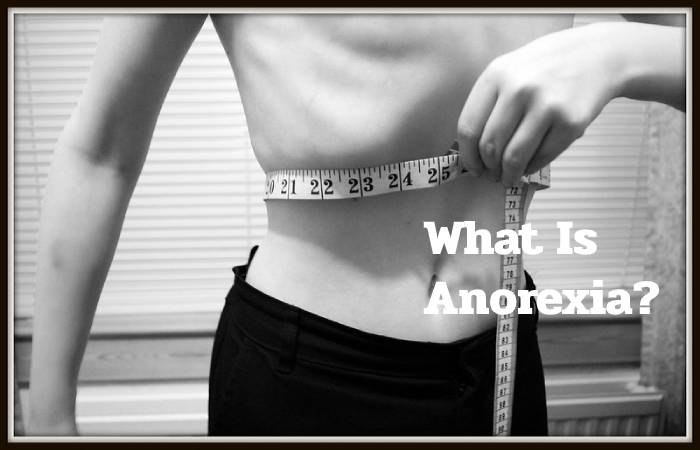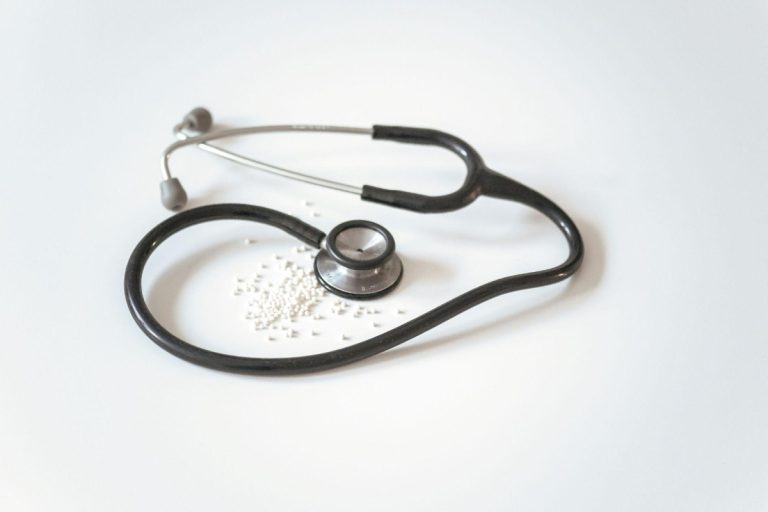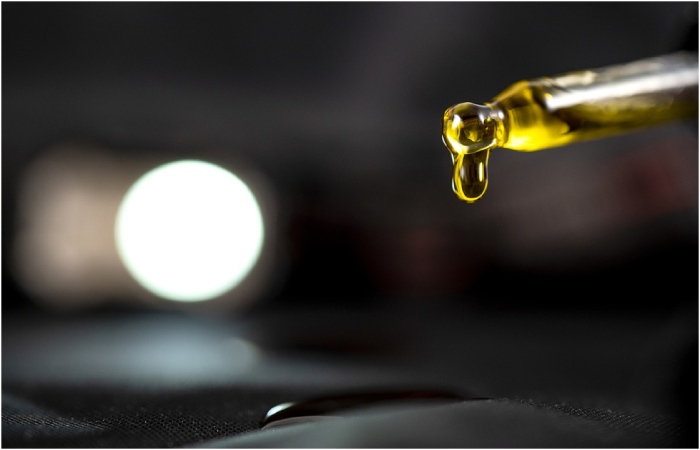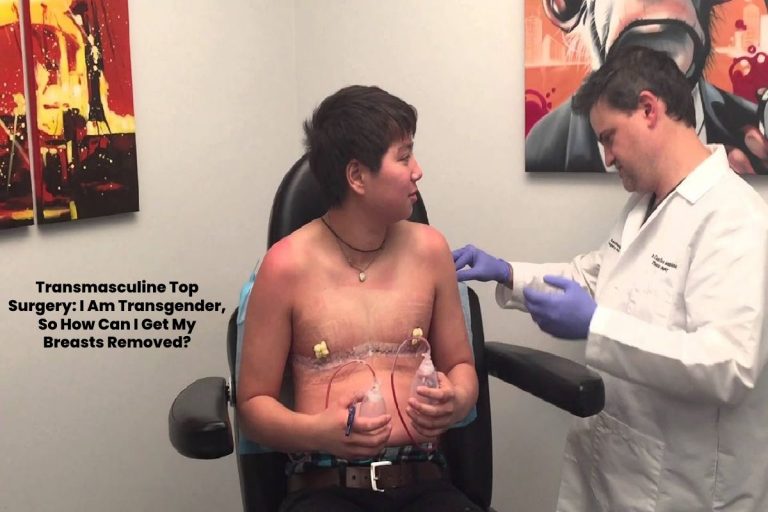The healthcare sector today has close contact with technologies. Today we take a look at the most technologies or innovations that dot health care, disease diagnosis, or treatment of health problems.
We are living through times of profound advancement in numerous industries. And thanks to scientific and technological progress, investment in innovation, or the appearance of disruptive software.
Medicine and the health sector were not going to be less.
Besides biometric technology,wearable for medical use, 3-D printing of prostheses, apps, or the support of Big Data will be our great allies for refining and improve this area.
Although medicine is often lagging behind other disciplines when it comes to systematic changes, when they do occur, they are often abrupt.In other words, the history of recent medicine includes long periods of incremental innovation.
Also which includes efforts such as the mapping of the human genome – among which episodic outbreaks of radical change interspersed.
Table of Contents
The Most Promising Innovations For People With Disabilities
P or r an example, in 1907, the human life expectancy average was around 45 years, while in 2007.
It had increased to about 75. To a large extent, this change was brought about by the eradication of child mortality through innovations such as disinfected water systems and vaccines.
Today, disruptive software, such as that capable of processing massive and complex volumes of data, accompanies the medical industry. These are the 5 industries driving change.
5 Industries That Drive The Health Revolution With The Help Of Technologies
Artificial Intelligence:
Today, we have knowledge engineering software or that uses machine learning, along with other hypothesis generation.
Its role at the moment is to support or accelerate clinical decision-making, increasing the ability to increase the intelligence threshold and connect valuable data about patients, diseases, and research.
At the moment, they not yet validated to replace individual evaluation.Still, many organizations and companies are working in this field, such as the notable case of IBM Watson.
Another recent example wasthat of the Stanford scientists who developed a machine learning model that diagnoses pneumonia better than radiologists.
This type of advancement in medicine could be a complete game-changer and save many more lives in years to come.
Despite all of these positive situations, one of the best things to come of AI within the medical industry was how medical professionals earned their degrees.
AI provided what was necessary to be able to run programs online. This meant students looking to become nurses, health care administrators, doctors, and more could apply from anywhere in the world, gain a top education, and enter the healthcare system.
It also meant that many medical professionals could also focus on enhancing their knowledge, as masters and PhDs became readily available online also as a result. It has transformed eLearning completely.
Thanks to technology, people are able to apply to an online-only school and come away with a great experience and a degree.
As time has gone on, certain online degrees have been created to help students reach their goals much faster. For example, anElmhurst Master of Science in Nursingat Elmhurst University offers accelerated programs as a fast-track to nursing.
In just under two years, students can earn their degrees and be ready to take the NCLEX-RN exam.
Thanks to advances in other areas of healthcare education, students can make the most of simulation labs and learn the skills needed to succeed in a nursing career.
Big Data:
Biological data is low, dense, and diverse.Now, computing has evolved to analyze this heterogeneous data in real-time.
And thanks to the development of programs that combine machine learning, natural language processing, and advanced text analysis.
This evolution allows a radical innovation enabling the correlation of the data of various processes for the generation of new hypotheses.
The healthcare industry has various sources of big data. It’s not just medical records and hospital records, but also results from examinations too.
All of this needs to be protected, but it can actually help people. For instance, big data analytics is able to look at specific health data and use this to as a way to prevent the population from facing an epidemic.
Big data can also be used to predict the number of patients likely to come in. This enables practices to improve the staffing situation and have enough medical staff on hand.
As all of this data is available electronically, it also means that records can be passed to where they need to be without getting lost or getting there too late. However, some still use paper documents.
When they decide to go digital, the best way to do it is by scanning the records and, afterward, hiring a professional in medical document shredding to protect the patient’s information.
Big data can also be used to predict the number of patients likely to come in. This enables practices to improve the staffing situation and have enough medical staff on hand.
As all ofthis data is available electronically, it also means that records can be passed to where they need to be without getting lost or getting there too late.
Blockchain:
Originally developed for the boost and proliferation of cryptocurrencies such as Bitcoin or Ethereum, blockchain technology has great potential for the medical field.
It can be used for clinical trials, medical billing, pharmaceutical supply chain and record transmissionfrom unidentified patients.
Many see blockchain asa way to revive the healthcare system and its capabilities.
Given that it can streamline so much of care and prevent health care practices from losing out on a lot of money, there is enough to see why people can argue this case.
What is Your Primary Benefit?
A shared database with medical information can be created, improving the privacy and security of medical records.
And many other confidential data, thanks to its encryption system.This is an extremely secure way to keep data safe.
In the past, more than 176 million patient records have been exposed in data breaches, but with technology like this, this could potentially become a thing of the past.
Blockchain is able tokeep a decentralized and transparent log that is incorruptible.
As miscommunication is a costly mistake too many professionals have made in the past and the difference between getting records quickly and easily compared to slowly being the life of a patient, it shouldn’t be a case of if they will be using blockchain everywhere, but when.
According to the IBM study, Healthcare Rallies for Blockchain,56% of surveyed healthcare companies have plans to implement a commercial blockchain solution by 2020.
Robotics Is One Of The Best Technologies:
Robotics has disruptive potential in medicine because of its ability to dramatically change the scale, reproducibility, and location of healthcare.
For example, the Da Vinci robot can manipulate surgical instruments smaller than the human hand; nano-robotics could allow non-invasive treatments in a variety of medical disciplines.
This clever robot has around longer than you think and can even docell repair, delocalized treatment such as telesurgery or Trauma Pod.
Currently, a surgeon stays in control of the robot 100% of the time, but with advances made every day, eventually, the control may be lessen.
In time to come, robots may be able to assist in surgeries, disinfect rooms, and dispense medicine.
This could take place in hospitals as well as local practices. It may be many more years before every healthcare practice has one, but the benefits they bring with them are worth the wait. These robotics are going to make such a big difference in the industry.
Naturally, the first point being robots don’t need breaks or food. There can be a lot of pressure on medical staff to work double shifts or longer without very many breaks.
Some barely get breaks throughout their average working day due to the demands placed on them.
Bringing in robots to do some of the tasks that take up the crucial time of human staff could alleviate some of that pressure.
They will be able to take on the more monotonous tasks and won’t feel frustrated by doing it.
With more time for nurses to focus on caring for patients rather than cleaning a room, they will be able to find more purpose in what they do again.
Robots won’t be making people lose their jobs but will be allowing them more time to dedicate to the numerous tasks they complete every shift.
There are even some robots now that can interact with patients, perfect for elderly people in care homes.
Certain robots will be able to check in on them and provide non-medical care. Their company could also make all the difference to elderly people, ensuring they don’t feel alone.
3D Printing Is One Of The Technologies:
As we have been reporting for years, 3D printing has the potential to revolutionize the medical supply chain.
So by changing manufacturing and lowering the cost of pharmaceutical products.
Devices such as hearing aids implanted inorganic materials a great future in the printing of organs, tissues such as the skin or blood vessels.
And the reconstruction of damaged nerves or the reproduction of stem cells with this technology.
What is 3D printing, and why is it so crucial in healthcare?
This is a method of creating physical objects from a digital file. It will add multiple layers of material to build one single structure.
3D printing is the perfect tech for healthcare, and there are plenty of useful ways it can help.
For instance, it can produce customized prosthetics, personalized medical products and equipment, as well as provide anatomical models for surgical planning and education.
The uses do go on for 3D printing, and it is likely that this will continue to grow as the technology grows too.











